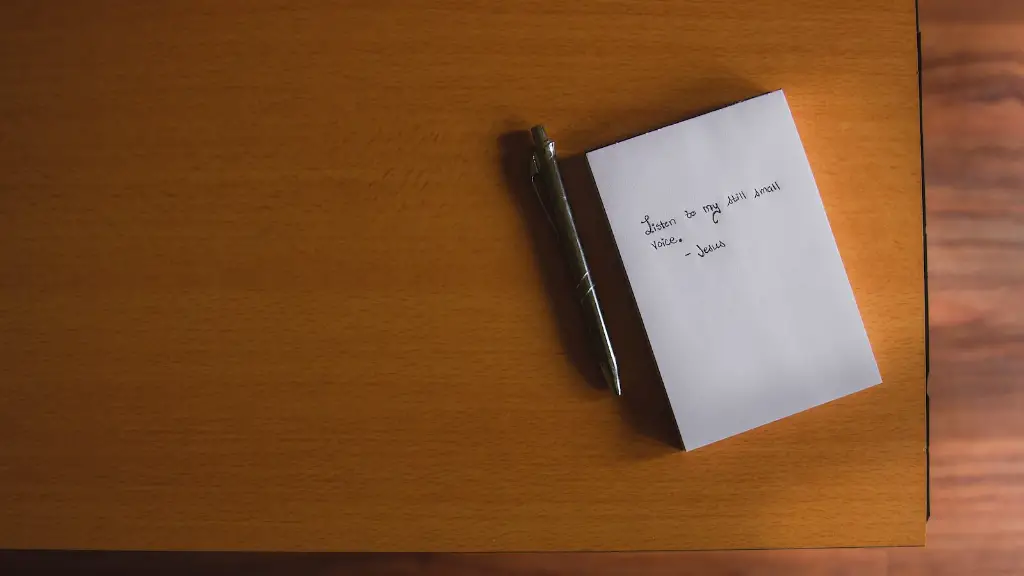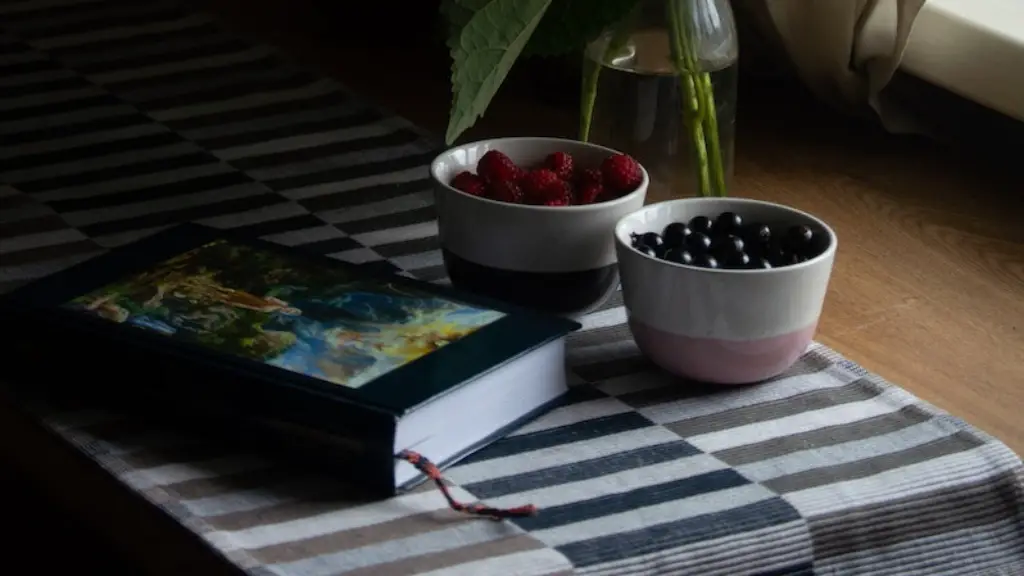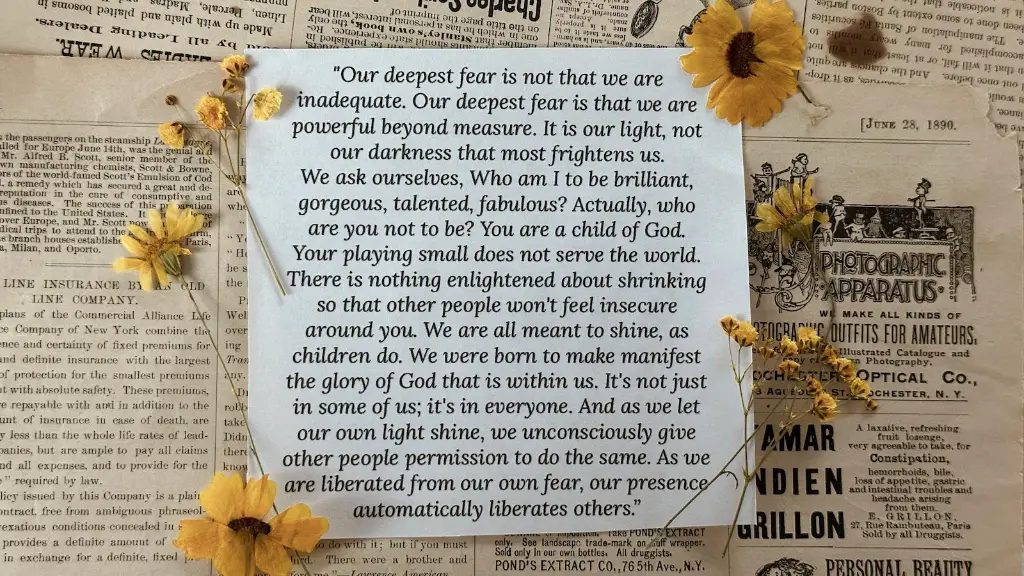The Origins of Modernism
Modernism in poetry began in the late 19th century, as writers sought to move away from the commonplace and explore new styles and approaches to the poetic art. This rebellion against convention was closely linked to the emergence of industrialism, mechanization and progress. A growing mistrust of tradition and the status quo, and a rapidly changing world challenged writers to create something different, something that moved beyond the traditional poetic forms.
As T.S. Eliot noted, “What is modernism? We can only answer that it is a changing, a re-locating, and a shifting from older forms of half-tradition to newer ones.” Indeed, modernism was a varied movement, drawing on its precedent of Romanticism, Symbolism and Imagism, while rejecting the old poetic norms in favour of free verse, free association, and the incorporation of vernacular speech, stream of consciousness and automatic writing.
Features of Modernism in Poetry
Some of the main features of modernist poetry include experimentation with form, an exploration of the relationship between poetry and visual art, a focus on individual and social values, and a breaking against tradition.
Formally, modernist poetry used free verse, often as short as a single sentence. Syntax and punctuation were both subject to the writer’s interpretation, leading to a fragmentation of language and the rejection of established rules and conventions.
Modernist poetry also incorporated visual art, such as calligraphy, typography, photography and collage. Their devices of juxtaposition and montage gave way to an entirely new way of “reading” an image, as poets began to explore the relationship between motion, light, colour and space.
Perspectives on Modernism
Themes in modernist poetry often centred on individual and social values, as poets sought to find new ways to express the human experience and to capture the chaotic energy of the modern world. At its heart, modernism was a protest against existing social norms and values, rooted in the ideas of Friedrich Nietzsche, who proclaimed the death of God and the post-war nihilism of Europe. While for some writers of poetry, modernism was a reaction to the old methods of poetry composition, for others, it was a contemplation of individual identity in the context of the chaotic and unpredictable events of the 20th century.
In the view of poet Paul Auster, modernism was the last great moment in poetry before it lost its way in the postmodern era. Auster believed that modernism was the highest expression of the modern poet, in his or her attempt to express a unique and personal vision of “the way of things.” He argued that modernism was a “toolbox” of techniques, ideas, and themes that were used to create something truly unique and original.
The Influence of Modernism
The influence of modernism can be seen in the work of writers such as T.S. Eliot, Wallace Stevens and Robert Frost, who featured prominently in the 20th century’s literary canon. The early 20th-century writers such as Ezra Pound and William Carlos Williams, as well as the Beat poets and the postmodernists, have all incorporated elements of modernist poetry into their own works.
Today, modernism continues to shape and inform the craft of poetry, inspiring the experiments in visual and sound poetry, performance poetry and multimedia poetry. Perhaps the most resonant legacy of modernism is its spirit of unrestrained creativity, which continues to guide and define the art of poetry today.
Experimentation of Styles and Forms
Modernist poets also experimented with a range of styles and forms that had been previously neglected or underutilized. Such experimentation included a shift away from traditional rhyming and metric patterns and the use of more varied and vernacular language. As American poet William Carlos Williams wrote in his influential poem “The Red Wheelbarrow,” modern poets sought to explore the “precision of language” and “the very thing[s] which we see.”
The modernists sought to explore the aesthetic possibilities of language, paying close attention to the sounds of words, the interplay of abstract and concrete images, and the power of suggestion. In the words of poet Marianne Moore, “poetry is the art of creating precise, evocative and vivid images.”
Reception of Modernism
Modernism in poetry has been met with mixed reviews over the years. The modernists’ challenge to existing poetic conventions was seen as both radical and outlandish. But for many, the art of modernist poetry was seen as a revolutionary exploration of the human condition in a rapidly changing world.
Today, the legacy of modernism remains strong, and the influence can be seen in the work of contemporary poets such as Sylvia Plath, Seamus Heaney and Derek Walcott, who have all carried on the tradition of modernist experimentation.
Content as a Vehicle for Expression
Modernist poetry offered a unique platform for writers to explore the big questions and ideas of the day. In the words of American poet Ezra Pound, “Poetry is the news that stays news.” This concept was at the heart of the modernist movement, which sought to use content as a vehicle for social and political expression.
Modernist poets such as Robert Frost explored the confusion and chaos of the post-war generation, while William Carlos Williams sought to articulate the difficulties of living in a new industrial age. The modernists used their poetry as a tool for exploring larger questions of life, death and the meaning of existence, in a way that had rarely been done before.
The Use of Irony and Parody
Irony and parody were common tools of the modernists, who used them to confound and mock established poetic forms and conventions. In T.S. Eliot’s famous poem “The Waste Land,” for example, the poet uses irony and parody to challenge the traditional rules and forms of poetry.
The modernists also used satire and dark humour to confront and evoke questions of morality and decency. These techniques were used to highlight the irrationality of the post-war society, while at the same time, offering glimpses of beauty and truth amidst all the chaos and despair.
Symbolism as a Way of Seeing
Symbolism played an important role in modernist poetry, as writers used metaphor and imagery to express feelings, thoughts and ideas. Modernists sought to use symbols to give the reader a different way of perceiving and engaging with the world. William Butler Yeats, for example, used symbols such as birds, mountains and sea to evoke a sense of ancient wisdom and understanding.
Symbols were also used to explore the themes of freedom, identity and the struggle to “find one’s own path” in the midst of a chaotic world. Indeed, symbolism was one of the key elements of modernist poetry, as it allowed writers to use language to express the ineffable and to explore realms of thought and feeling that could not be put into words.
Conclusion of Modernism in Poetry
The modernist movement in poetry has left a lasting legacy that continues to shape and inform the craft of poetry today. While modernist poets have been criticised for their disregard for traditional poetic forms, their exploration of the modern condition, their experimentation with form and language, and their use of symbolism, irony and parody have all made an indelible mark on the world of poetry. Indeed, modernism in poetry has been an attempt to capture and express the chaos and beauty of the world in a new and innovative way that continues to inspire writers today.


